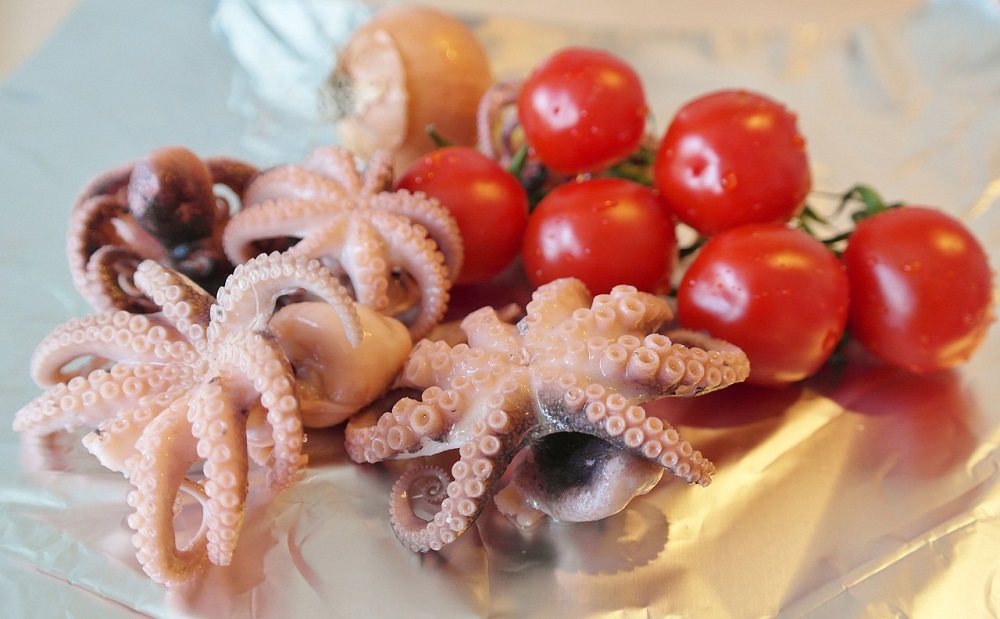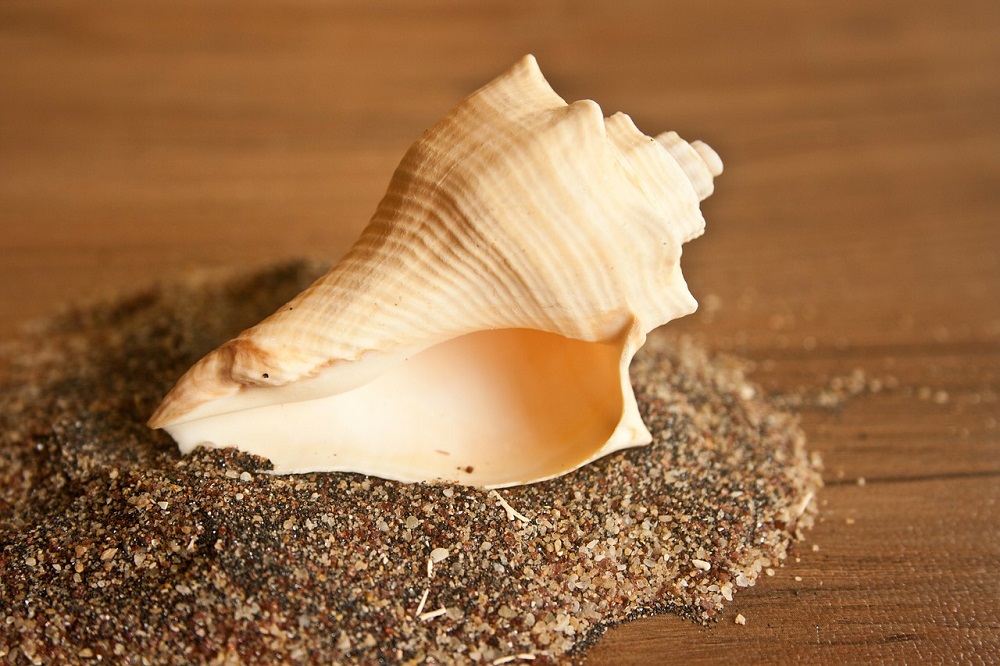Did you know that much of the seafood we eat is part of the family called MOLLUSKS? If you have eaten Oysters, Mussels, Clams, Scallops and even Calamari you have eaten mollusks. The mollusk family is one of the most varied groups of animals on earth. So you are probably familiar with the ones already listed, but did you know that Escargot are mollusks that live on land? Yep, land snails are also mollusks. Even those plant eating slugs in your garden are family members.

Squids, Octopus and Cuttlefish are also mollusks and they are some of the most plentiful and popular around the world. But what about others you may or may not be familiar with; such as Abalone and Conch. If we could count all the different kinds or species of mollusks that are consumed around the world, it would be in the tens of thousands. Because the truth is that most mollusks are edible and are part of the regular diet of most of the rest of the world. In Mexico, they have appreciated many species of the Murex family as popular seafood for centuries. Known as Conch, they are available fresh as well as canned. Squid species are also very popular there as in most of the world. One of the largest and most popular is a squid known as the Humbolt Squid and they are also one of the most dangerous. Fishermen in small boats fish at night for these strong, fast and very aggressive squids. Humbolt squid usually hunt in packs and have been known to pull a fishermen into the water and drown them. These edible but dangerous animals make up only a small amount of the mollusks consumed by humans.
In much of the south Pacific, mollusks comprise the greatest percentage of the protein makeup of the average family’s diets. And as wild communities of mollusks have become overfished we have found ways to grow many species in Aquaculture “farms” all over the world. In Florida, the popular “Queen Conch” is being raised in order to repopulate areas where they were once abundant. They are now almost eradicated by overharvesting their meat for Conch Fritters as well as their shells for the tourist trade. Conch are also being raised in other Caribbean countries with less success. Oysters and Mussels are some of the most successfully raised mollusks in many countries around the world.

Other types of mollusks are being successfully raised in Aquaculture “farms” such as Abalone. Several different species of Abalone have been raised with progressively better and better success in several countries around the world in order to save wild populations from being overharvested. From California to Australia to Korea, South Africa, Mexico, New Zealand, Chile and Hawaii these mollusks are a success story for saving species in the wild. Another reason for raising most of these mollusks in “farms” is the price for their meat is very high and a superior product can be obtained in controlled and healthy conditions. The next time you are in your supermarket, take a stroll past the Sea Food area and read how many items are farm raised. As we continue to learn more about these species, we can better provide more plentiful, safe supplies of some of the most popular foods around the world.
Now let’s talk about Escargot! Yes, those delicious, exotic little mouthfuls are being raised in controlled “farms” in several countries around the world also, including the U.S. Large quantities are provided to cruise ship companies who deliver many diners with their first opportunity to savor these epicurean delights! If you have never tried them, don’t be afraid to give them a try. After all, most of Europe and much of the U.S. consider them a treat not to be refused.
Have you tried Calamari? Fried to a golden perfection, these crispy little bites have been on American restaurant menus for many years. There are many other mollusks happily consumed all over the world and by providing quality conditions for their growth in special “farms”, we help save wild populations from extinction and still have our favorites to enjoy. Bon Appetite!!!!!

Many of these edible mollusks can be seen in the new Strake Hall of Malacology at The Houston Museum of Natural Science.

